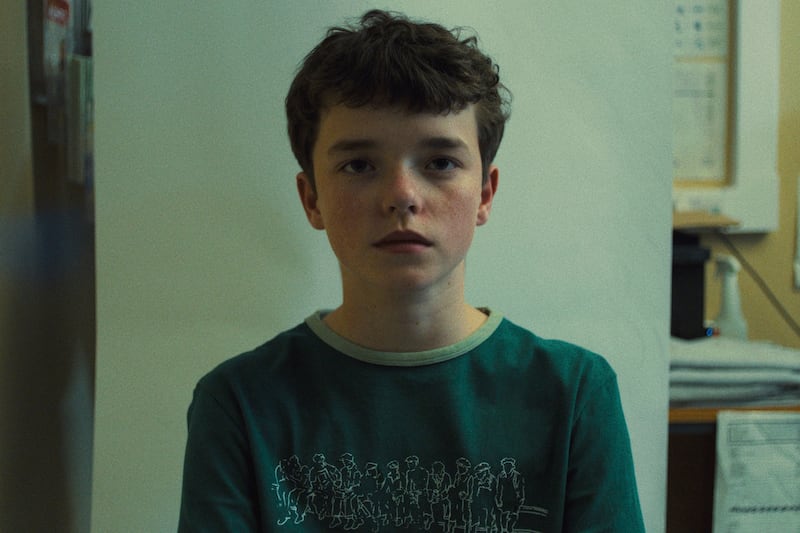A 19th-century inventor, played by Dominic West, creates a wet-nurse automaton after his wife dies in childbirth. Another 19th-century scientist, this one played by Hugh O’Conor, fashions a rose-picking robot to win the hand of his beloved. In the 1930s, a young Irish woman creates a machine that can peer into the past. Welcome to the new old world of Andrew Legge.
Ever since the writer and director graduated from the film production course at IADT, alongside his talented sometime collaborators Ciarán Foy and Conor McMahon, Legge has been making a unique imprint on the cinematic landscape.
That trio of award-winning shorts – The Girl with the Mechanical Maiden, The Unusual Inventions of Henry Cavendish, and The Chronoscope – introduced the director’s idiosyncratic vision, with its eccentric scientists and their creations. Now he has made his first feature, Lola, a wildly original retro sci-fi film about two politically polarised sisters, a time machine, the second World War and David Bowie’s horrific erasure from history.
Presented as a found film dating from the early 1940s, Lola opens in 1938 as a pioneering British inventor named Thomasina creates a machine that can intercept radio and television broadcasts from the future. (She names it Lola after her late mother.) The family pile that Thomasina shares with her sister, Martha, is suddenly a lot livelier, as the pair are exposed to 1960s pop music, feminism and the results of future horse races.
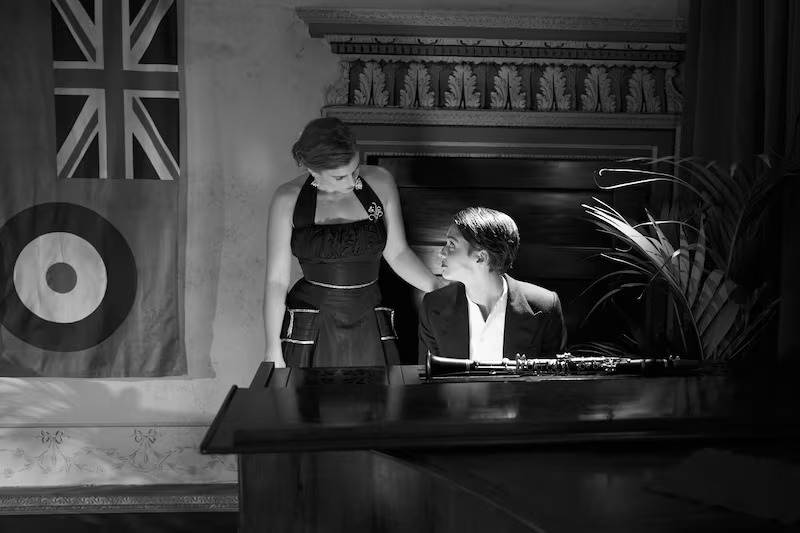
The siblings, who are played by Emma Appleton and Stefanie Martini, were partially inspired by the aristocratic Mitford sisters, Nancy, Pamela, Diana, Unity, Jessica and Deborah, who grew up in genteel poverty, believed in poltergeists and were in several cases shaped by extreme ideologies: Jessica, a communist, fought the fascists during the Spanish Civil War; Diana became the mistress of the British fascist leader Oswald Mosley; Unity shot herself in the head, in a failed suicide attempt, after the defeat of her firm friend Adolf Hitler.
“I read a couple books about them, including Jessica Mitford’s memoir,” Legge says. “I liked the idea of polarisation between sisters – one becoming a fascist and another becoming a communist – and like that kind of madness. And the Mitford sisters weren’t educated at schools. They were self-educated and had an almost feral upbringing. I wanted some of that for our characters.”
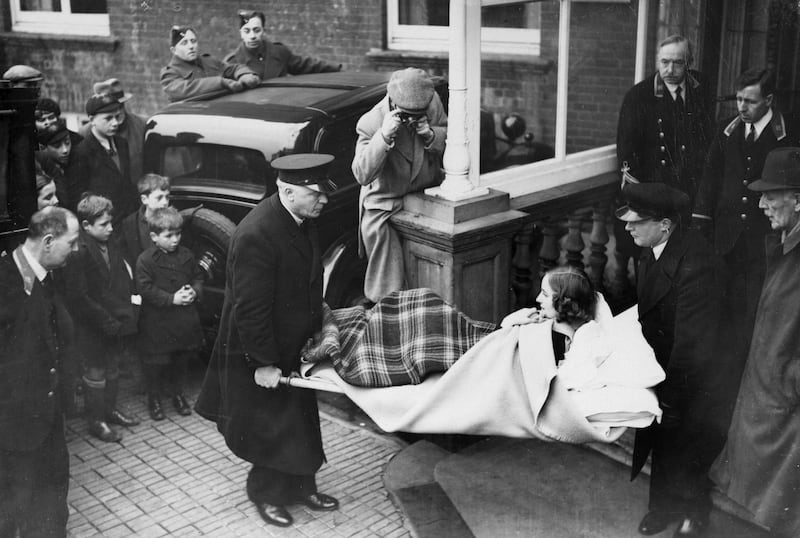
As the film progresses, the Nazi effort against Britain begins, and the young women broadcast lifesaving tips. Their work, which they do anonymously as the Angel of Portobello, attracts the attention of a British intelligence officer, Sebastian (Rory Fleck Byrne), Winston Churchill’s government, and even more sinister forces.
Lola increasingly resembles a marriage between Back to the Future and It Happened Here, Kevin Brownlow and Andrew Mollo’s influential alternative history from 1964 in which the United Kingdom has been invaded and occupied by Nazi Germany. “It’s funny, because my influences growing up were 1980s classics like Spielberg and Ghostbusters,” Legge says. “When I went to film school it wasn’t because I was watching Vertov. So, first and foremost, I wanted to make a film that was entertaining.”
The director was delighted, if bemused, to encounter a group of teenage fans emerging from an early screening of Lola at the Sitges international film festival, in Catalonia, which specialises in fantasy and horror. “That was really nice to see,” he says. “And it was funny, because it was not the expected response. I thought the film would be more appealing for older people.”
Zelig, Woody Allen’s contemporaneously styled 1920s mockumentary chronicling the transformations of Leonard Zelig, a nondescript man who has the ability to mimic and blend in with those who surround him, was a cornerstone of Lola, says Legge, even if his film moved further away from comedy during the writing and development process. It helped with pitching sessions, at least.
“We didn’t have a reference point. We couldn’t say, ‘It’s like a horror film but set in the 1940s,’” Legge says. “It’s found footage, but it’s not really. That footage has been carefully filmed and curated by the protagonist. I remember being at a pitching event at Frontières and people kept asking, ‘Well, what is it?’ And we said it’s kind of Zelig if Zelig himself could make the film.”
Martini, accordingly, learned to operate the camera that her character uses in the film (and embraced period details by wearing little or no make-up and allowing their armpit hair to grow). Legge and his production designer, Ferdia Murphy, worked hard to ensure that Martha’s improbably light, hand-held camera was fashioned from materials that might have been available in the 1940s.
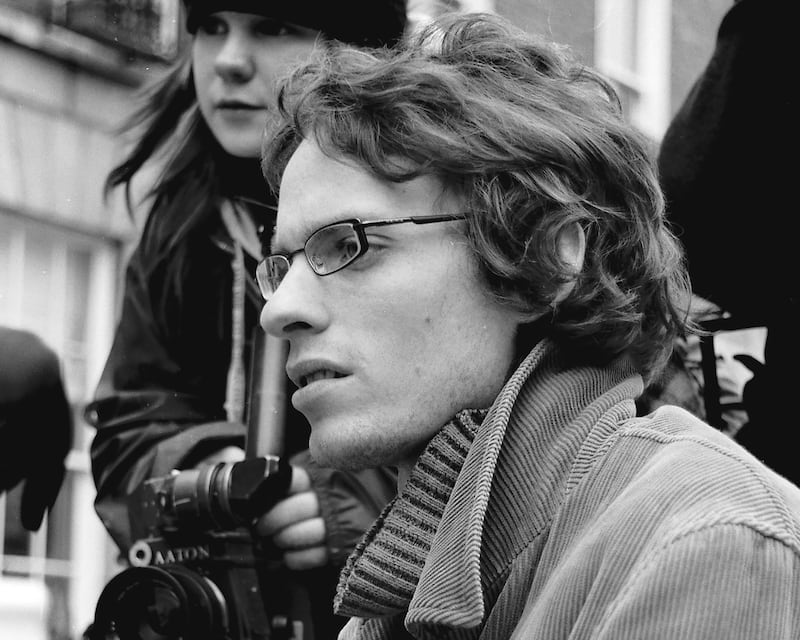
“I like old things,” Legge says. “Older things are mostly handmade and not factory-made. They have a different aesthetic. They are probably made from natural products as well, like brass and copper and wood. Somebody once told me that if you leave a carriage in a field, after five years it will disappear. If you did the same with a car it would still be there.”
This is part of what makes all of Legge’s films fall somewhere to the left of steampunk, that anachronistic subgenre of science fiction inspired by the romance of Jules Verne and Mary Shelley, and somewhere to the right of the phantasmagorical silent-cinema facsimiles of Guy Maddin, the cult Canadian auteur.
“I knew Guy Maddin’s short film The Heart of the World, but I never heard of steampunk until people started saying it about my work,” the director says. “I’m not sure if I feel the steampunk aesthetic in my work. What I do comes out of necessity, because if you are making low-budget retro-futuristic films, you’re going to be making your stuff from home-made parts. It wasn’t a conscious influence. I think Lola is more than steampunk, period. When we were designing our time machine we looked at 1940s machines and the televisions and radios from that period.”
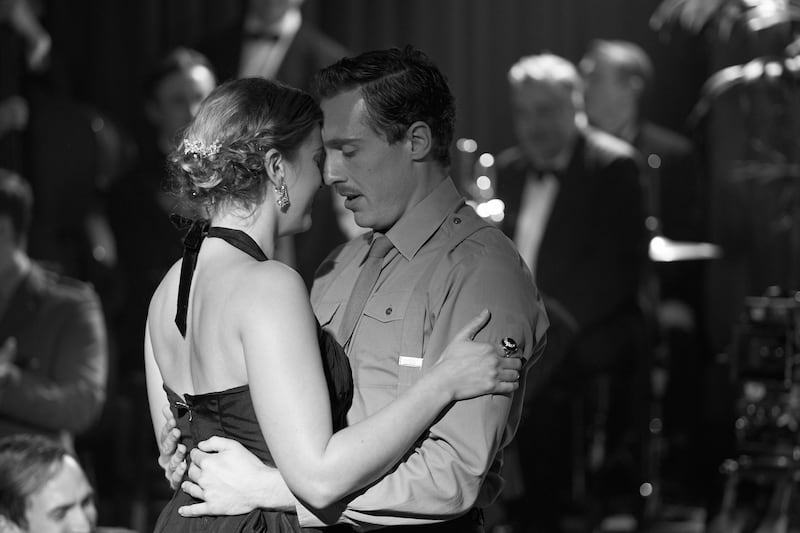
Music is another crucial component of the film’s design and narrative. Thomasina and Martha turn The Kinks’ You Really Got Me into a wartime singalong. This temporal jiggery-pokery has consequences: an attempt to tune in to Bowie in 1973 reveals he’s been replaced by Reginald Watson (Shaun Boylan), a fascistic rocker with appropriately jackbooting tunes written by Neil Hannon.
It was a tall order for the Divine Comedy frontman. “When our producer Alan Maher suggested Neil Hannon, I didn’t think we’d get him. The way we pitched it to him was that he was writing music for two women who could create music themselves and who loved music. It had to be inspired by music that they were hearing in the 1940s and possibly from the future through Lola. So it’s a mixture of different musical genres.
“And Neil sourced this amazing video YouTube video of a guy in Berlin playing a 1930s synthesizer called the Trautonium, which is glass valves and makes a mad sound. So we used that as an inspiration. We worked with Ciaran Boylan on the Kinks song. And the second half of the movie was about fascist pop songs and David Bowie being replaced by some horrible right-wing pop star. I guess from Neil’s point of view, he had to mix genres and write super lyrics.”
“Andrew Legge is one of the most original film-makers I have ever worked with,” says Conor McMahon, the director of Dead Meat and Let the Wrong One In. “He has a great love for history and, indeed, film history, and the combination of those two passions always comes together in the most fantastical way in his work.”
This is something of a landmark year for Irish cinema, with more money available than even a few years ago and, of course, a record-breaking 14 Academy Award nominations. At a moment when Irish cinema is been feted at home and abroad, Legge is, in the words of Giona Nazzaro, artistic director of Locarno Film Festival, “Ireland’s best-kept secret”.
Is he part of the film-making wave that produced Colm Bairéad’s An Cailín Ciúin or Antonia Campbell-Hughes’ It Is in Us All? “We’ve had 20 years of funding and nurturing, so people are having opportunities to make films that they wouldn’t have in the 1980s and 1990s,” Legge says. “I think I’ve just made stuff that I’m interested in and the kind of films that I’d like to see.”
Lola opens in cinemas on Friday, April 7th


